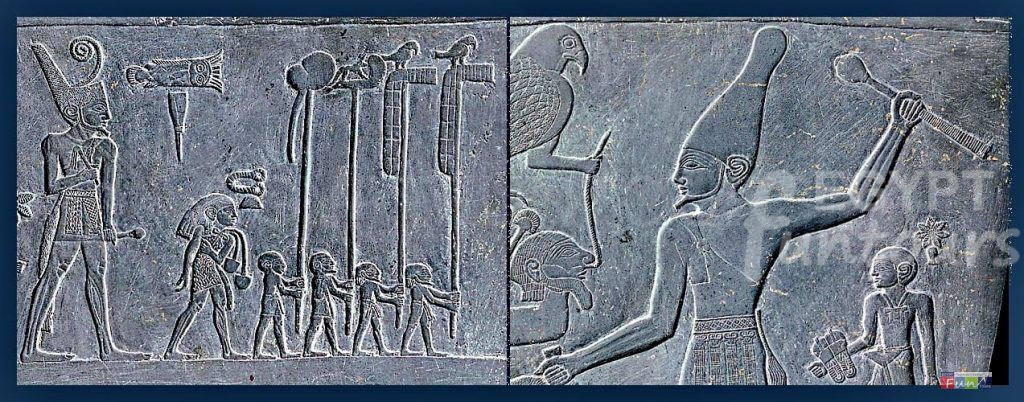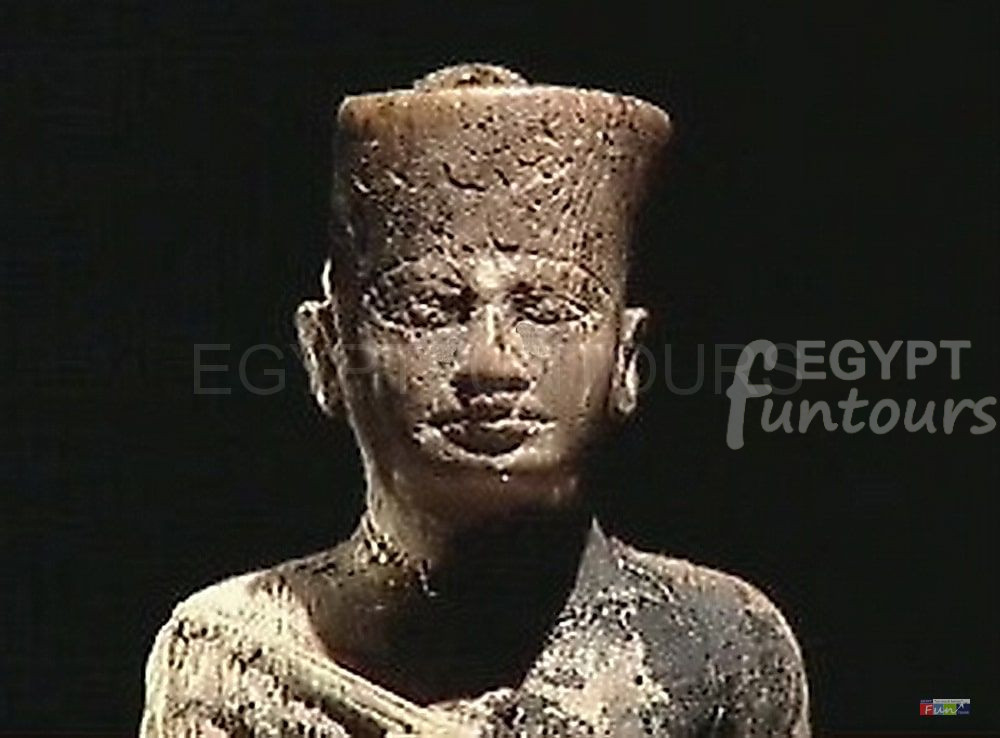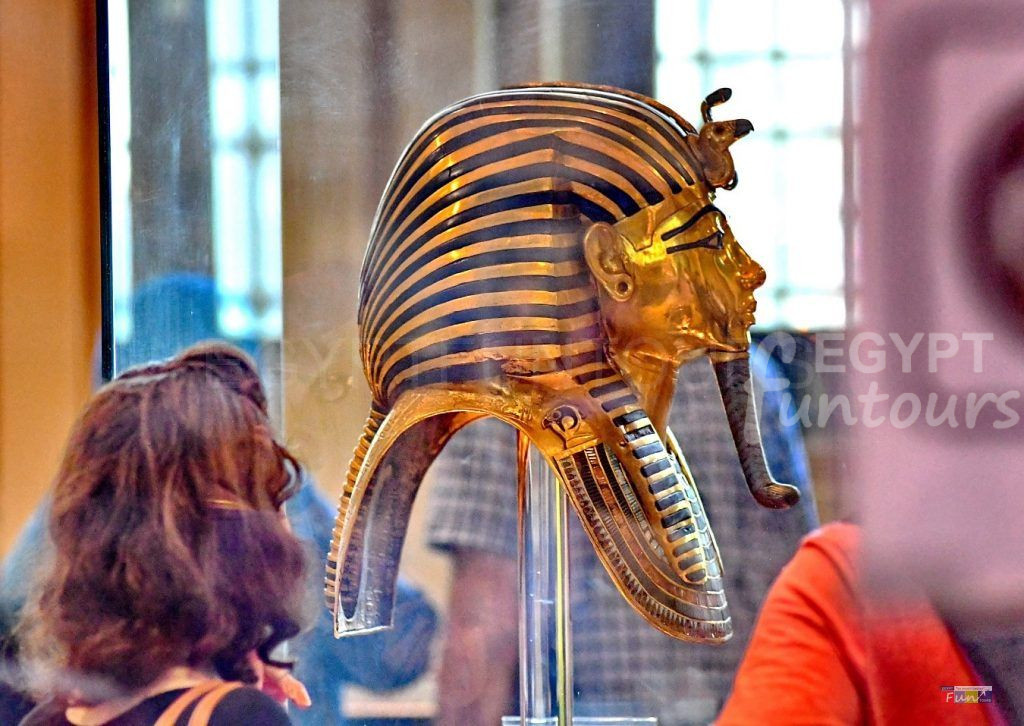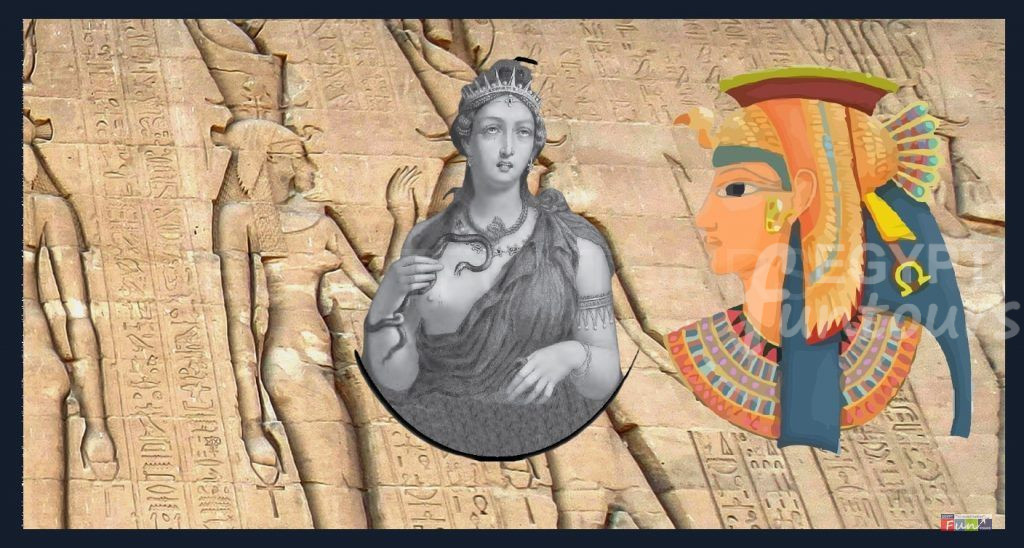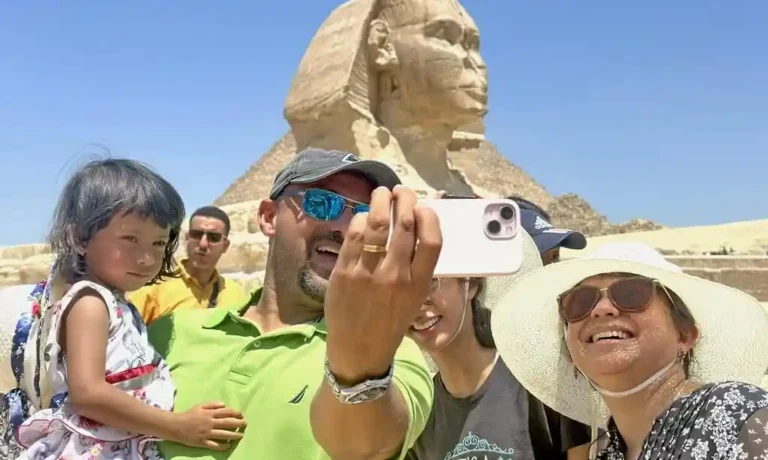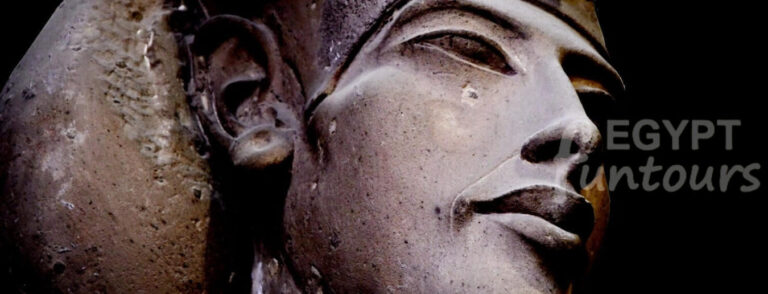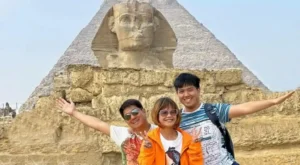The Glory of the New Kingdom (The Imperial Age)
The New Kingdom (Dynasty 18–20) is often called Egypt’s “Golden Age,” an era of vast empire, unprecedented wealth, and monumental temple construction. After driving out foreign rulers (the Hyksos), these monarchs focused on military expansion, international trade, and religious innovation. This period produced some of Egypt’s most powerful military leaders, the only great female pharaoh, and the most dramatic religious reform in Egyptian history.
3. King Ahmose I
Ahmose I, King of Egypt. He was the last king of the 17th dynasty, and the founder of the 18th Dynasty (New Kingdom), and one of ancient Egypt’s rulers. He was a member of Thebes’ royal family. His father, King Seqenen Ra, was born around 1560 BC, and his mother (Eahhotep I) concluded the expulsion of the Hyksos from Egypt, established quarries and mines, and erected temples throughout his reign.
He made Thebes his capital, with Amun serving as the official god of the period. Ahmose’s reign lasted a quarter of a century; he died at the age of 35. His mummy was discovered at Deir el-Bahari on June 9, 1881 BC.
4. Queen Hatshepsut
She is the daughter of Amun, Egypt’s most renowned queen “Hatshepsut“. Hatshepsut is the fifth king of the ancient Egyptian dynasty number 18. Her name means “The beloved of God Amun” “the favorite of women,”. She is King Thutmose I’s eldest daughter, having been born in 1508 BC. Stability, safety, wealth, peace, and the army’s strength define her reign. In Deir el-Bahari, she revived the mines, particularly the copper mines, and built her shrine.
She was eager to build huge ships to convey the obelisks she had put in the Karnak temple to honor Amun. She was in charge of international missions such as the Atlantic fish import mission and the Puntland, Somalia, and southern Yemen missions. On the walls of the Deir el-Bahari temple on the western side of the Nile, Hatshepsut represented the events of the expedition, as well as the Aswan mission to transport large stones for building.
It erected two granite obelisks at Aswan to honor Amun, the Egyptian deity. After that, it was moved to the Karnak Temple. Hatshepsut died on the 14th of January, 1457 BC, and it was a natural death.
5. King Tuthmosis III

King Thutmose III was the sixth pharaoh of Egypt’s Eighteenth Dynasty. Many consider him Egypt’s greatest king. He may have been the most powerful emperor in history. He helped establish the New Kingdom.
Thutmose III was a remarkable leader and a military genius. He showed his skill on the battlefields of Luxor. He also cared for his army, equipping them with chariots and knights. Under his rule, Egyptian civilization reached its peak.
Thutmose III took power after Queen Hatshepsut. As a military leader, he led 16 campaigns in Asia and Nubia. He also built many temples in Thebes near Hatshepsut’s temple at Deir el-Bahari. By the end of his reign, he had built the sixth and seventh giant gates and completed a ceremonial hall.
This King also constructed a temple for the god Ptah and another for the gods of Amun triad at the Karnak Temple. You can see remnants of his work in Kom Ombo, Edfu, Ain Shams, and Armant. He also commissioned seven obelisks; most are now in London. His tomb, number 34 in the Valley of the Kings, is one of the oldest ever found. Victor Loret discovered it in 1898. Thutmose III is one of the most famous 10 pharaohs in history.
6. King Ramses II

Ramesses II was the third king of the Nineteenth Dynasty. He ruled Egypt during the New Kingdom. People know him as Ramesses the Great. He was one of the most powerful pharaohs in Egyptian history. He reigned for 66 years, from 1279 to 1213 BC. His most notable monuments include the Temples of Abu Simbel, the Temple of Luxor, and the Temple of Karnak.
Ramesses II was born in 1303 BC. His father, Seti I, named him crown prince at age 14. He became pharaoh at age 20. He died at 91. His body, or mummy, is now at the National Museum of Egyptian Civilization in Cairo.
Ramesses the Great signed the world’s first peace treaty. It is the earliest political peace treaty in recorded history. He led several military campaigns. The Libyan campaign was one of his last. The Battle of Kadesh was his most famous. He also provided the ancient Egyptian army with 6,000 chariots. Ramesses II is one of the most famous 10 pharaohs.

